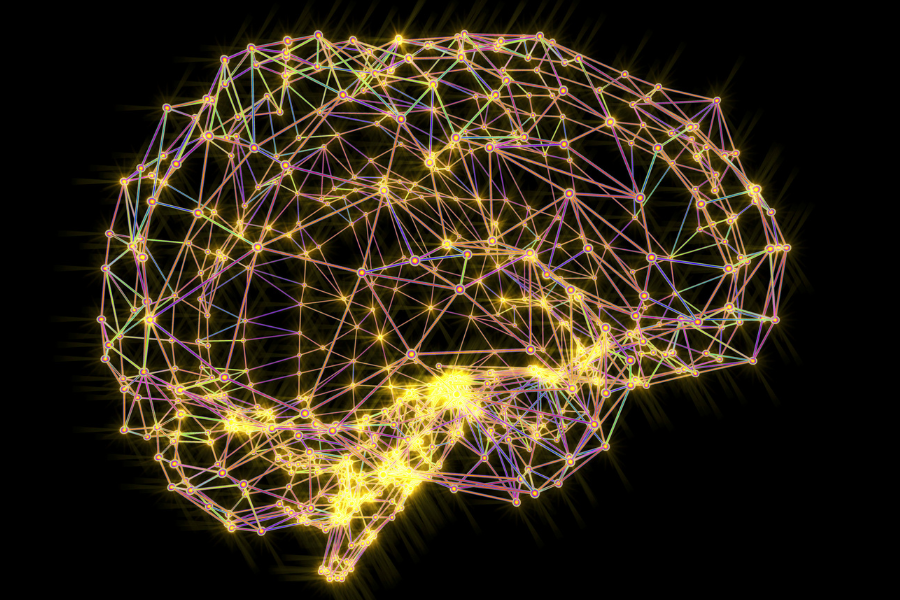Our brain is a malleable structure that is constantly reorganizing itself in response to internal or external stimuli through a process called neuroplasticity. Neuroplasticity is a unique process that allows our brain to form and reorganize neural connections and pathways and create structural and functional changes in response to internal or external stimuli. These pathways in the brain are responsible for everything we do (e.g., our cognition, movements, and language). Our brain is continuously fine-tuning them by removing the ones that no longer serve us, strengthening the ones we actively use, and forming new connections and pathways from what we have learned and through our experiences. Neuroplasticity takes place throughout our entire lives and continuously adapts based on our needs. It is like the saying goes, “if you don’t use it, you lose it” and “use it to improve it.”
After a traumatic brain injury, our neural connections become damaged from internal injuries, making functions that once seemed simple, very challenging, depending on the location of the injury. Through neuroplasticity and rehabilitation, our brain may recover and adapt to these neural damages by recruiting undamaged areas to take over the injured portions. Healthcare professionals use this knowledge and evidence to help rebuild cognitive (mental) and physical impairments seen after a brain injury.
For neuroplasticity to occur while trying to regain lost functions or learn new skills, the individually must be actively engaged and challenged by the task. These pathways and connections form through intense practice and repetition from the active participant. Examples of neuroplasticity are listed in the box below. NOTE: These are examples and results will vary based on the individual, their characteristics, and their impairment/deficit.
| Examples of Neuroplasticity Taking Place |
|
References:
Sophie Su YR, Veeravagu A, Grant G. Neuroplasticity after Traumatic Brain Injury. In: Laskowitz D, Grant G, editors. Translational Research in Traumatic Brain Injury. Boca Raton (FL): CRC Press/Taylor and Francis Group; 2016. Chapter 8. Available from: https://www.ncbi.nlm.nih.gov/books/NBK326735/
Puderbaugh M, Emmady PD. Neuroplasticity. [Updated 2020 May 21]. In: StatPearls [Internet]. Treasure Island (FL): StatPearls Publishing; 2020 Jan-. Available from: https://www.ncbi.nlm.nih.gov/books/NBK557811/
Keci, A., Tani, K., & Xhema, J. (2019). Role of Rehabilitation in Neural Plasticity. Open access Macedonian journal of medical sciences, 7(9), 1540–1547.
Scott, C. A. (n.d.). Examples of Neuroplasticity in Cognitive Domains. Rainbow Rehabilitation Centers. https://www.rainbowrehab.com/examples-neuroplasticity-cognitive-domains/
Puderbaugh M, Emmady PD. Neuroplasticity. [Updated 2020 May 21]. In: StatPearls [Internet]. Treasure Island (FL): StatPearls Publishing; 2020 Jan-. Available from: https://www.ncbi.nlm.nih.gov/books/NBK557811/
Maguire, E.A., Woollett K, & Spiers, H.J. (2006). London taxi drivers and bus drivers: a structural MRI and neuropsychological analysis. Hippocampus,16(12):1091-101. doi: 10.1002/hipo.20233. PMID: 17024677.



